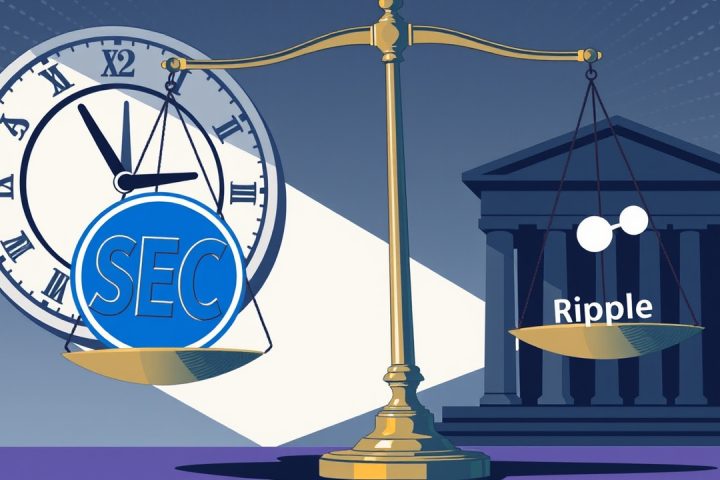Concerns Over Stablecoins
Zhou Xiaochuan, the former head of the People’s Bank of China, raised significant concerns regarding the risks associated with stablecoins during his address at the International Capital Market Association’s annual conference in Frankfurt. His commentary, later summarized by the China Finance 40 Forum, highlighted the potential dangers of aggressive expansion by stablecoin issuers who may not fully grasp the systemic risks involved. Zhou stressed that these digital currencies can create money-multiplying effects that extend well beyond their stated reserves.
Threats of Over-Issuance
In his speech, Zhou outlined a specific threat posed by the over-issuance of stablecoins coupled with high leverage practices. He pointed out that even if stablecoins are fully backed by reserves, they can still magnify risk through mechanisms such as deposit-lending and collateralized finance.
“The pressures for redemption could far exceed the initial reserves,”
he warned, underlining the fragility of the system.
Regulatory Oversight and Custody Standards
He further criticized the troubling absence of adequate reserve custody standards and brought attention to flawed models like Facebook’s initial proposal for managing its Libra assets. Zhou suggested that reserves should ideally be held by central banks or credible custodians monitored by the central bank to ensure integrity. Despite recent legislative efforts such as Hong Kong’s Stablecoin Ordinance and the U.S. GENIUS Act aimed at mitigating these worries, he maintained that significant regulatory oversight gaps remain.
Data Collection and Monitoring
Zhou advocated for better data collection on actual circulation to assess redemption risks accurately, describing the current regulatory frameworks as “far from sufficient.” Citing Hong Kong’s approach where commercial banks maintain U.S. dollar deposits with the Monetary Authority before issuing their currency, he made it clear that simply relying on M0 reserves is inadequate in times of high redemption demand for broader monetary aggregates like M1 or M2.
Illustrative Examples and Market Risks
He called upon regulatory bodies to devise stronger mechanisms to monitor and manage how stablecoins can be misused in speculative leveraging. The precarious nature of stablecoins was further illustrated by the collapse of TerraUSD in May 2022, which Zhou referred to as emblematic of the very risks he highlighted. When the pegged value of the currency faltered, it triggered a harmful cycle of minting and burning its associated LUNA tokens, which exacerbated supply inflation and led to liquidity shortages. This event reduced the market capitalization of stablecoins by over $25 billion in just two weeks, underscoring the failure of reserves to withstand heightened demand during economic stress.
Vulnerabilities in Stablecoin Design
Recent findings from Investopedia add an additional layer of understanding by shifting focus onto the vulnerabilities inherent in stablecoin design rather than just on issuance dynamics. Their analysis revealed a “run risk paradox,” indicating that the mechanisms supporting stablecoin stability in normal conditions might contribute to a collapse during stressful market scenarios. Estimates suggest that stablecoin risks can spike considerably, with annual failure probabilities ranging from 3.3% to 3.9%, representing a one-in-three likelihood of a critical failure over the next decade.




